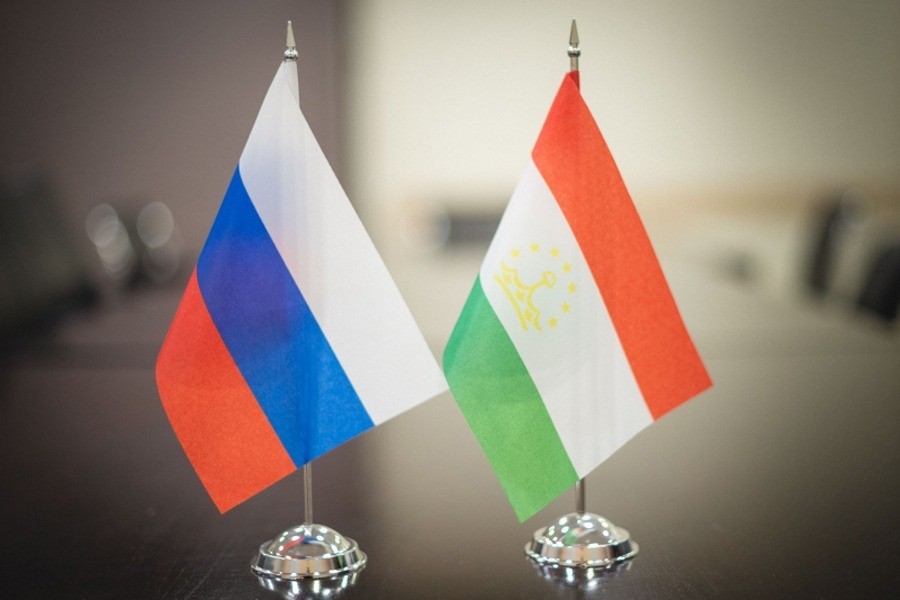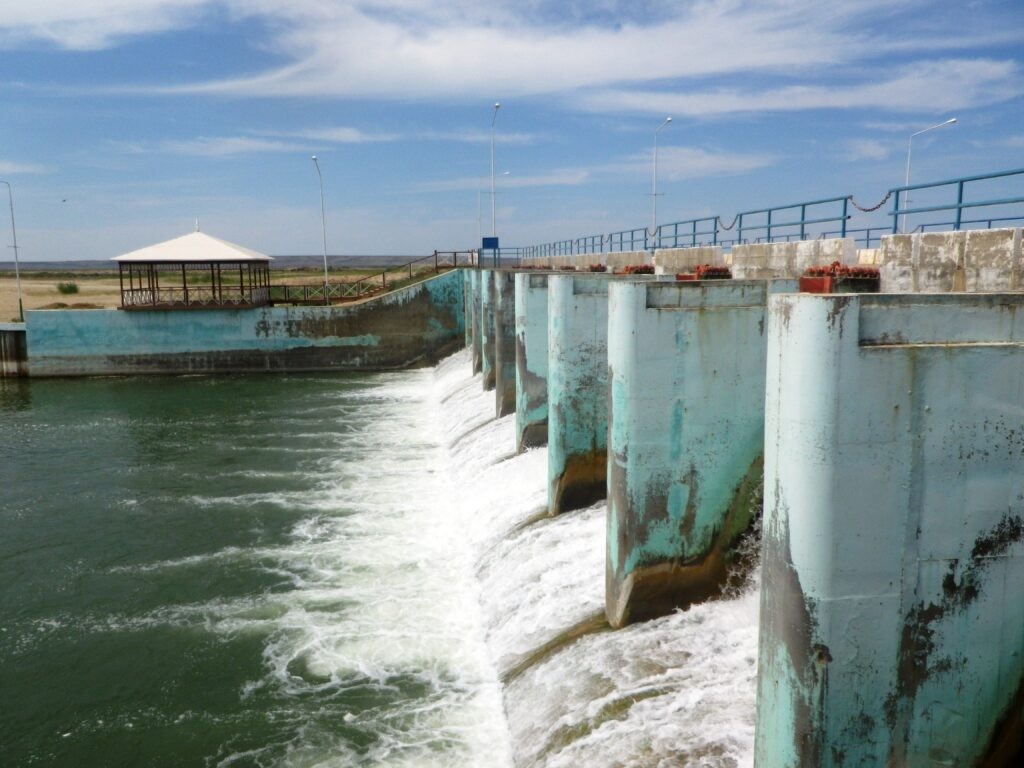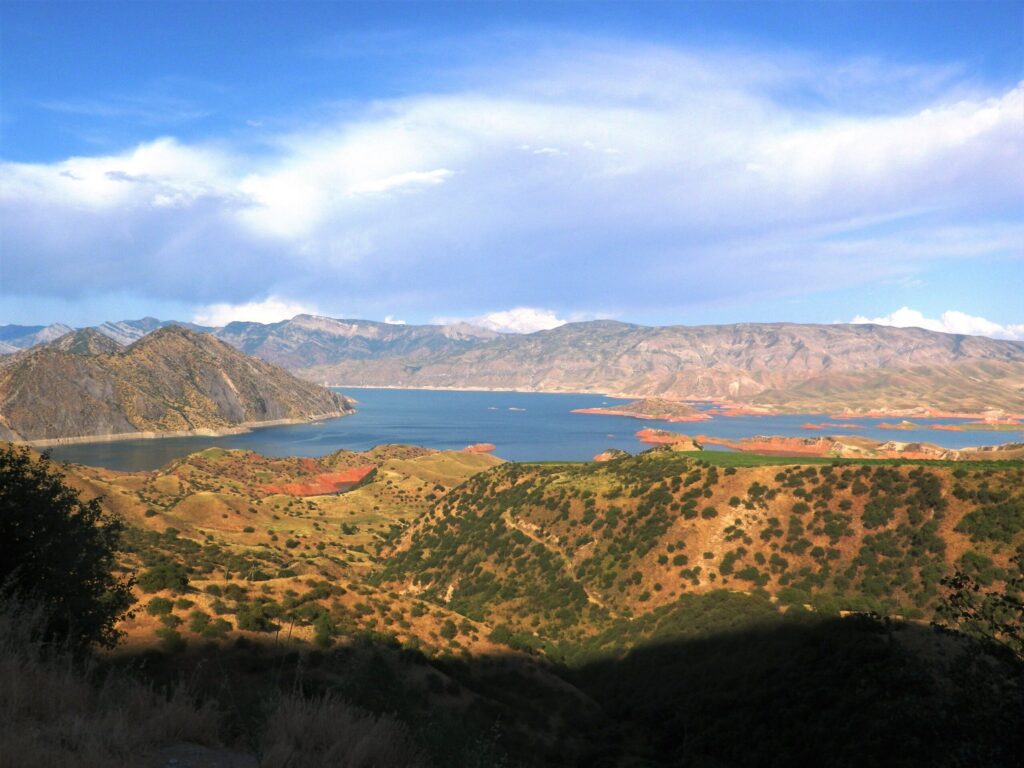Russia and Tajikistan will Strengthen Fight Against Terrorism, Extremism, Illegal Migration
In a document published on the website of the Russian Foreign Ministry, which was prepared by the Russian Federation, it was stated that Russia, Tajikistan, Belarus, Kazakhstan and Kyrgyzstan will strengthen the fight against terrorism in the OSCE space. CIS countries, meanwhile, advocated “promoting a positive agenda, and openness to discussing the most difficult issues and challenges”. “We consider it important to comply with the rules of procedure and other decisions of the OSCE decision-making bodies, as well as to follow the principles of impartiality, transparency and accountability”, the statement said. In addition, the countries advocated a “commitment to a de-ideologized, pragmatic dialogue to resolve common security problems”. In particular, the authorities of these countries stated they would take measures to combat the proliferation of weapons of mass destruction, the document notes. Russian Foreign Minister, Sergei Lavrov recently participated in a plenary meeting of the OSCE Ministerial Council in Skopje, and held a number of bilateral contacts and a trilateral meeting with the current and future chairmen of the organization.





